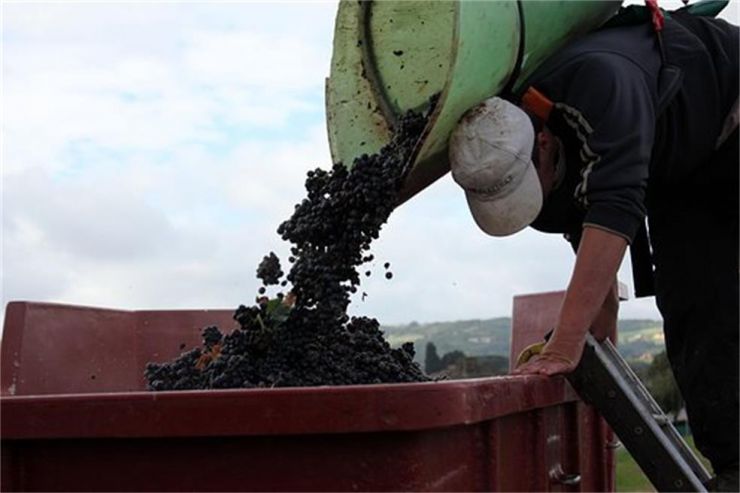How Wine Farming Techniques Affect the Quality of Wine
In addition to being a product of the soil and climatic environment in which its grapes are grown, a wine’s quality is greatly affected by the farming and production methods and techniques employed.
What are the wine farming techniques employed in the production of the best wines?
Wine farming practices historically geared at producing the highest quality wines include:
- green pruning
- irrigation (in certain growing regions)
- harvesting grapes at peak of ripeness
- hand harvesting
- hand sorting harvested fruit
Removing bunches Of unripe grapes during growing season improves quality
Green pruning is a farming technique whereby selective unripe bunches of grapes are cut from the vine. This is done so that the vine can concentrate its energy, nutrients, etc. into the remaining bunches of grapes, thereby fostering a higher quality fruit crop.
The obvious drawback of green pruning is that there are fewer grapes from which to make wine at harvest time. For this reason, a lower quality producer will not actively practice green pruning. A high quality producer, however, will practice this technique as a means of improving the quality of its wine.
Irrigation may be necessary
As with any crop, grape vines need adequate water in order to survive and to produce quality fruit. Due to inherent limitations in the growing region, seasonal factors or unexpected weather phenomenon, irrigation of vineyards is sometimes needed in order for the vineyard to produce quality fruit.
Of course, irrigation can be expensive, may be prohibited in certain regions by wine Appellation laws or may not be practically feasible. Obviously, a crop without adequate water during the growing season will not produce the best wine.
Determining when to harvest is really important
When wine grapes are harvested impacts the quality of the wine produced from those grapes. If grapes are harvested too early, they will be under ripe. If harvested too late, they will be over ripe, and many harvested grapes will be rotten.
Under ripe grapes will produce herbaceous, often angular wines. These wines may also be too high in acidity.
The wine produced from over ripe grapes is likely to be too high in alcohol, as the grapes will contain more sugar (that gets converted into alcohol during the fermentation process). Also, rotten grapes may be pressed into the wine, negatively altering the wine's flavor.
Hand harvesting is best
How wine grapes are harvested, either mechanically or by hand, impacts the quality of the wine produced from the grapes.
Mechanical harvesting is non-selective and tends to bruise the fruit.
In contrast, hand harvesting allows the picker to be selective and is less damaging to both the fruit and the vine. Hand harvesting is more expensive and hence, typically only practiced by higher-quality producers. The resulting wine's taste and price are both usually elevated by this practice.
Hand sorting of grapes prior to pressing produces better wine
Hand sorting harvested fruit is done to remove stems (which contain a lot of tannin) and rotten berries prior to crushing the remaining grapes to make wine.
A more expensive technique than mechanical sorting, hand sorting of harvested grape bunches is a production technique practiced by high-quality wine producers. This is evident in the taste (and usually, the price) of the wine.
"Wine farming practices, such as green pruning and irrigation, and when and how the grapes are harvested impact the quality of a wine, as do production techniques, such as hand sorting harvested fruit.



